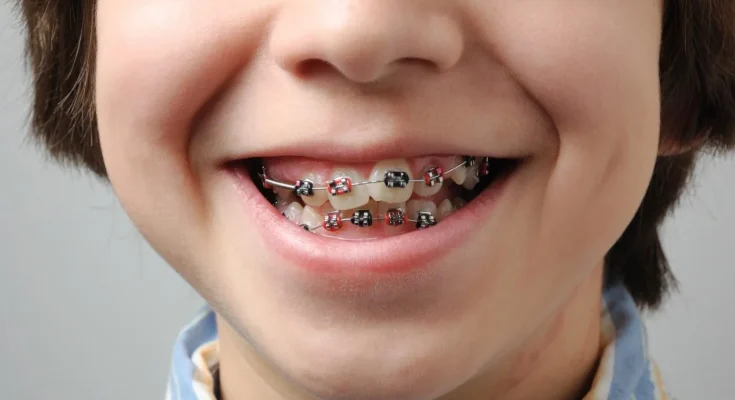When it comes to your child’s health, their smile plays a bigger role than you might think. While orthodontic treatments like braces are often associated with teenagers, many parents are surprised to learn that early orthodontic evaluations can make a world of difference for their children. By addressing potential dental issues early on with the help of a pediatric dentist in Burtonsville, MD, you can pave the way for a healthier, straighter smile.
If you’ve been wondering when and why your child might need braces or what the process involves, this guide will answer all your questions and help you feel confident about taking the next step.
When Should You Start Thinking About Braces?
Orthodontic treatment isn’t just about fixing crooked teeth, it’s about ensuring proper jaw alignment, healthy bites, and long-term oral health. That’s why timing is so critical.
The American Association of Orthodontists recommends that children have their first orthodontic evaluation around age 7. At this stage, your child will likely have a mix of baby and permanent teeth, making it easier for orthodontists to spot potential issues early, such as:
- Misaligned jaws (underbites, overbites, or crossbites)
- Crowded or extra-spaced teeth
- Issues with chewing, speaking, or biting
Early evaluation doesn’t mean your child will need braces right away. Instead, it allows the orthodontist to monitor their development and determine if and when treatment will be necessary. Some kids may benefit from early intervention, while others won’t need braces until their teen years.
Why Consider Early Orthodontic Intervention?
Interceptive orthodontics, also called phase one treatment, happens when early intervention is used to address potential problems before they worsen. For example, orthodontists can use appliances like expanders to widen a child’s arch or guide jaw growth. These treatments can create enough space for permanent teeth to erupt properly, sometimes eliminating the need for more complex treatments later.
Here are some benefits of early intervention:
- Improved Outcomes – Early treatment can prevent severe crowding, misalignment, or other complications.
- Shorter Treatment Time Later On – Addressing major issues early means braces or follow-up treatments may take less time during the teen years.
- Boosted Confidence – A straighter smile and normal bite early on can help children avoid difficulties like speech issues or teasing.
Even if early treatment isn’t needed, starting the conversation with an orthodontist ensures your child is on the right track for long-term oral health.

What to Expect During the Treatment Process?
If braces are deemed necessary, the orthodontic process may feel daunting at first, but knowing what to expect can put both you and your child at ease:
Consultation and X-rays
The orthodontist will conduct an initial exam and take X-rays to assess teeth alignment, jaw structure, and other concerns.
Personalized Treatment Plan
Every child’s mouth is unique, so the orthodontist will create a custom plan. For some kids, this might mean traditional metal braces, while others might benefit from clear aligners or space maintainers.
Adjustment Period
During the first few weeks of wearing braces, your child may feel discomfort. Encourage them to stick to soft foods, use orthodontic wax for sore spots, and stay positive.
Regular Checkups
Throughout treatment, you’ll visit the orthodontist regularly for adjustments to wires or brackets. These visits ensure the treatment stays on track.
Retention Phase
Once braces are removed, your child will be given a retainer to help maintain their new smile.
Tips for a Positive Experience
The idea of braces can be intimidating for kids, but there are plenty of ways to make the experience easier, and even fun!
- Explain the “Why”: Help your child understand that braces are about improving their smile and health.
- Stay Positive: Use encouraging language and celebrate milestones, like the day they get their braces or their first adjustment.
- Choose Fun Colors: Many braces come with colorful bands that your child can customize to express their personality.
- Be Prepared for Food Adjustments: Create a list of braces-friendly foods and get creative in the kitchen to make mealtimes exciting.
Conclusion
Early orthodontic care is a gift that keeps on giving. By addressing potential issues while your child’s teeth and jaws are still developing, you can save them from more invasive treatments down the road and help them achieve a lifetime of healthy smiles.
Remember, every child’s needs are different. Start with a consultation, ask plenty of questions, and stay involved in the process to make it a positive experience for your child. With your support and the expertise of an orthodontist, braces don’t have to be something to fear, they can be an exciting step toward a brighter, happier smile.




